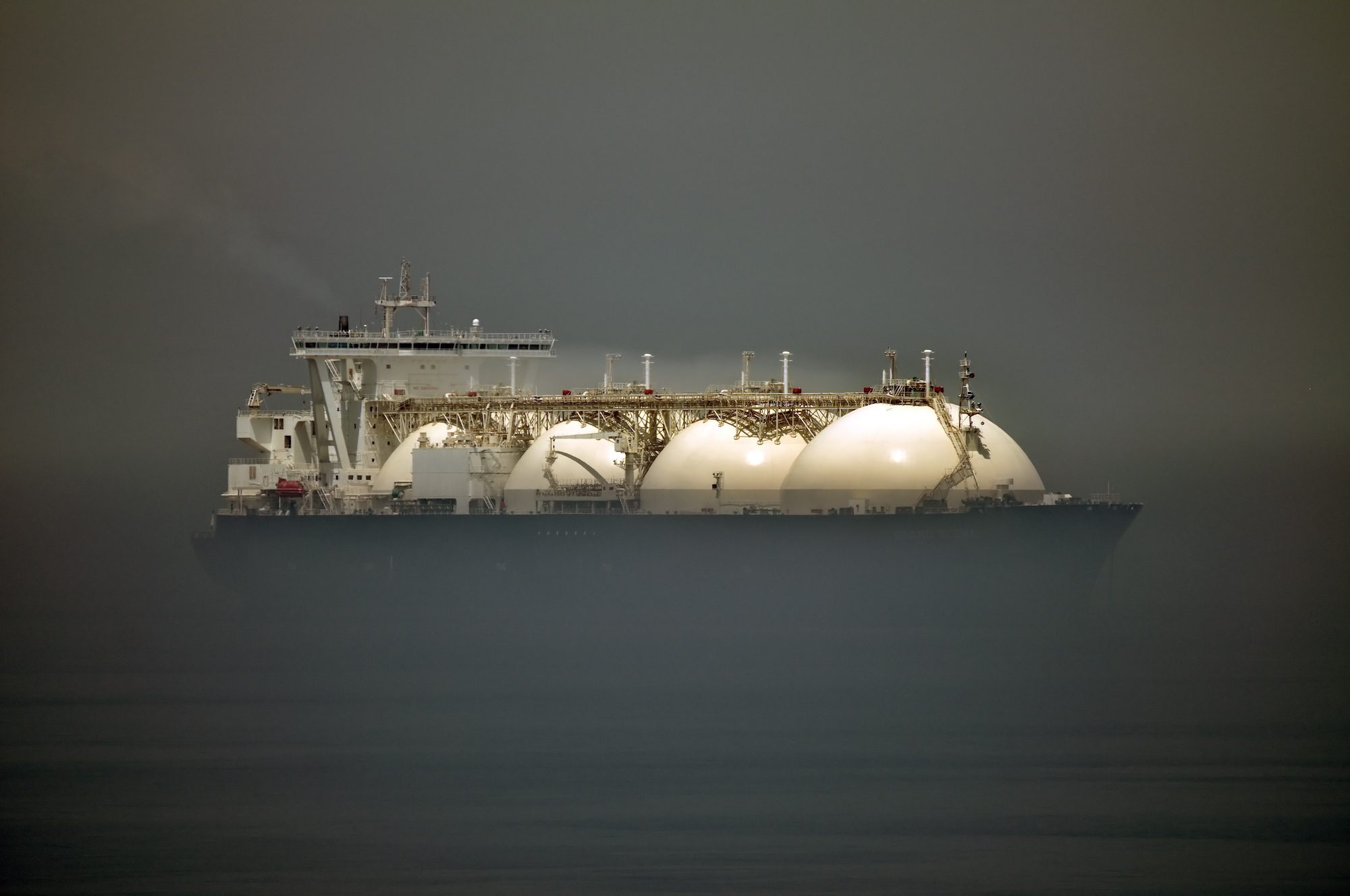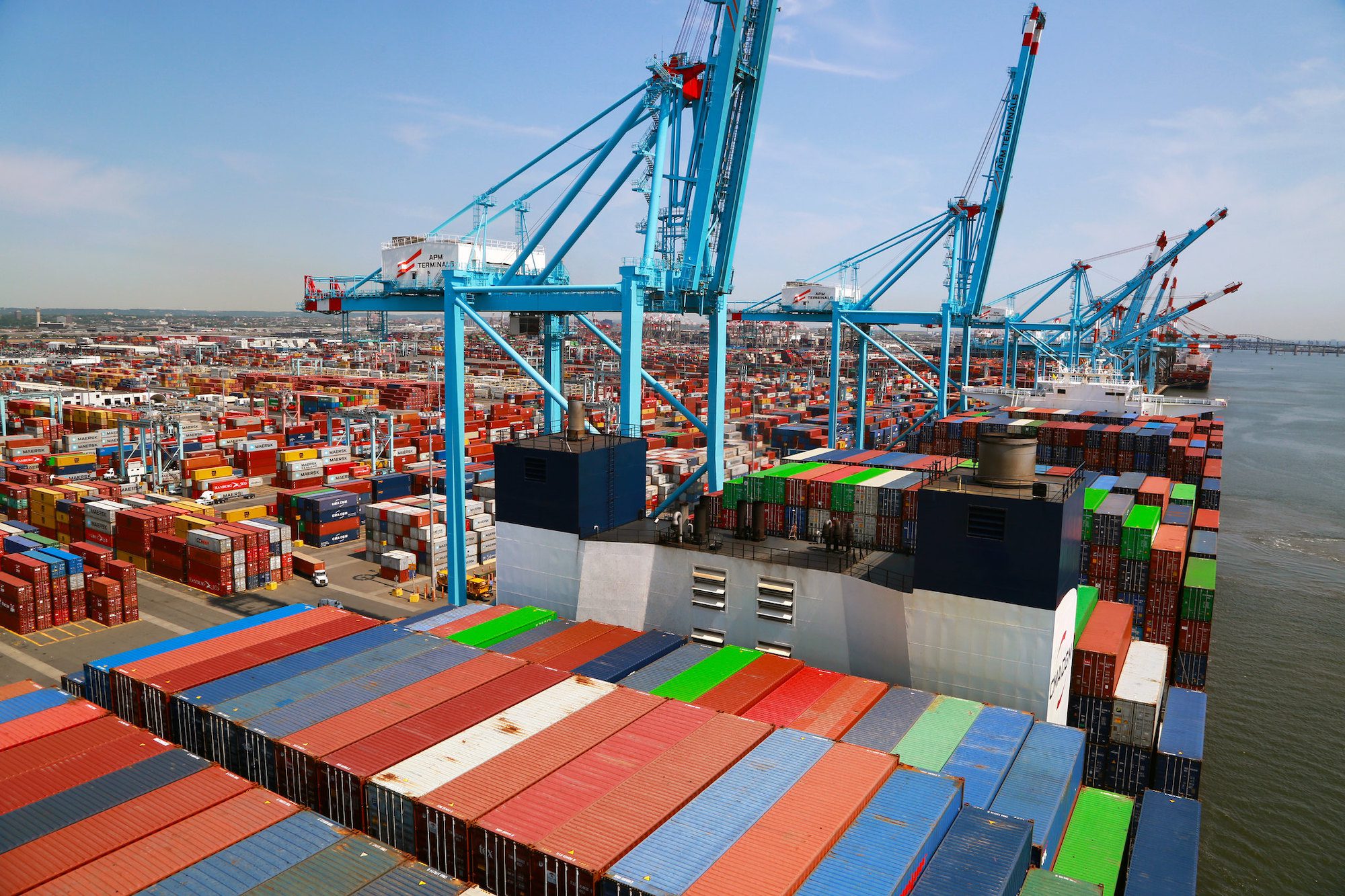Consumers in the United States are shrugging off concerns about high inflation and interest rate hikes and continuing to spend, the National Retail Federation said Monday.
Despite lower consumer confidence, spending held up better than expected in August as overall retail sales reported by the U.S. Census Bureau grew 0.3% from July and 9.1% compared to last year. While year-over-year increases in retail sales are not as dramatic as the double-digit growth seen most of last year and into early 2022, the new data shows spending continues to grow.
“The economic situation in the United States is unsettling,” Kleinhenz said. “Consumer confidence is down, consumer spending’s rate of growth has slowed, and economists and consumers alike are worried about the possibility of a recession, all reflecting persistently high inflation and rising interest rates. Nonetheless, spending continues to grow, and many economists say a recession – if there is one – will likely be mild.”
Strong consumer spending has driven record retail imports which has contributed to congestion and sky-rocketing freight rates starting in the first year of the pandemic. Although 2022 is shaping up to be on par with 2021’s record, retail imports are beginning to cool off and are expected to fall below last year’s levels for the remainder of the year.
While higher interest rates have driven up the cost of debt, consumers are becoming more optimistic. An August survey by the Federal Reserve Bank of New York shows consumers are expecting inflation to be at only 5.7% a year from now, down from 6.2% expected a month earlier, and only 2.8% three years from now rather than their earlier expectation of 3.2%, and 2% in five years.
“Consumers have become cautious – but they have not stopped spending,” Kleinhenz said. “Growth is not as high as last year, but households continue to spend each month as more jobs, wage growth and savings backstop their finances and help them confront higher prices.”
The NRF notes that the although gross domestic product has declined for two consecutive quarters, the Blue Chip Economic Indicators panel of business economists, which includes Kleinhenz, is forecasting 1.2% growth in the just-ended third quarter and 0.6% in the fourth quarter continuing into 2023.
“Only 38% of Blue Chip economists now believe the Fed will be able to rein in inflation without triggering a recession, down from 51% in August, but 95% say a recession would likely be mild. The panel sees a 42% chance that a recession will begin this year and a 54% chance that it will begin in 2023,” the NRF said.

 Join The Club
Join The Club











